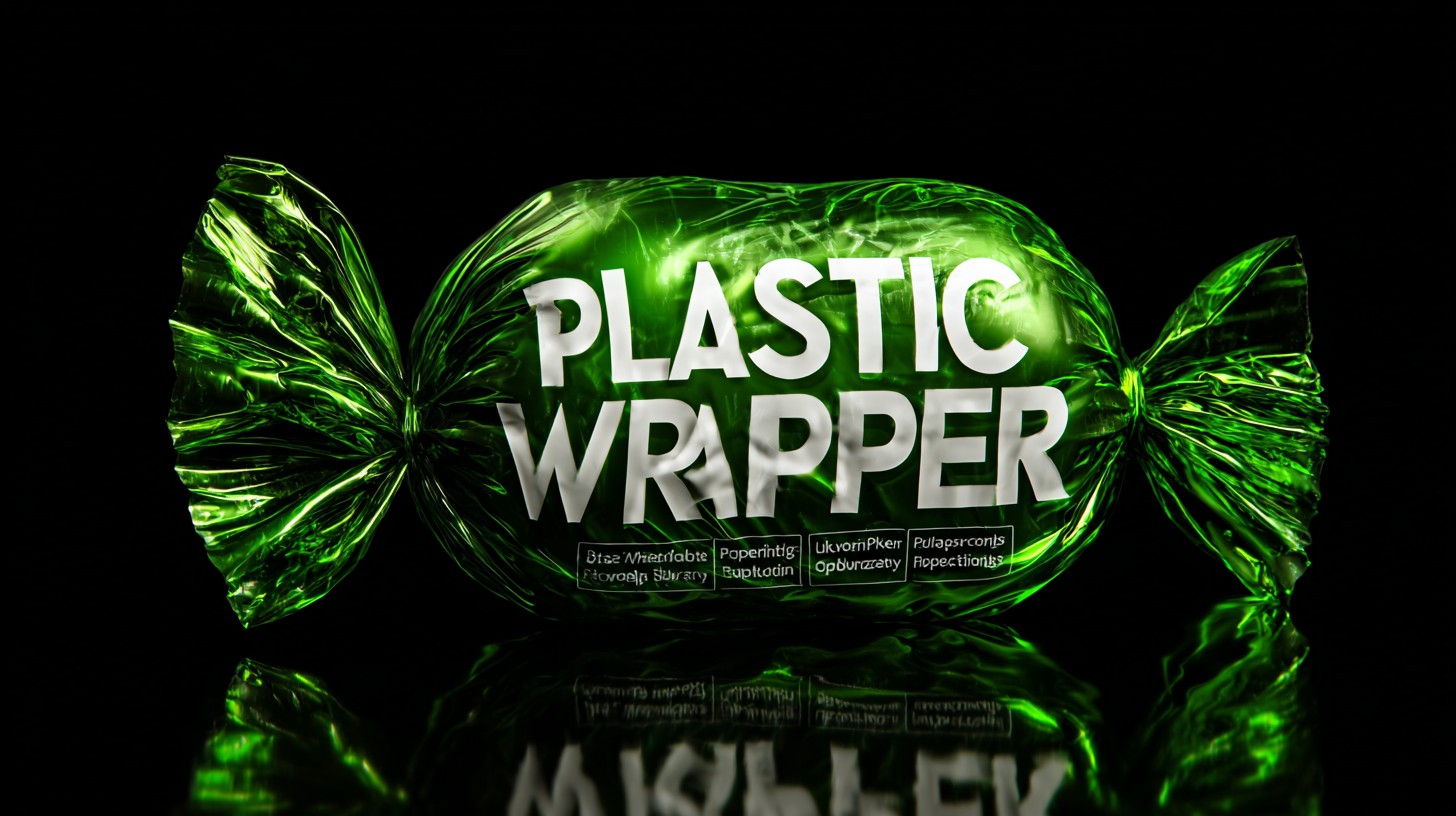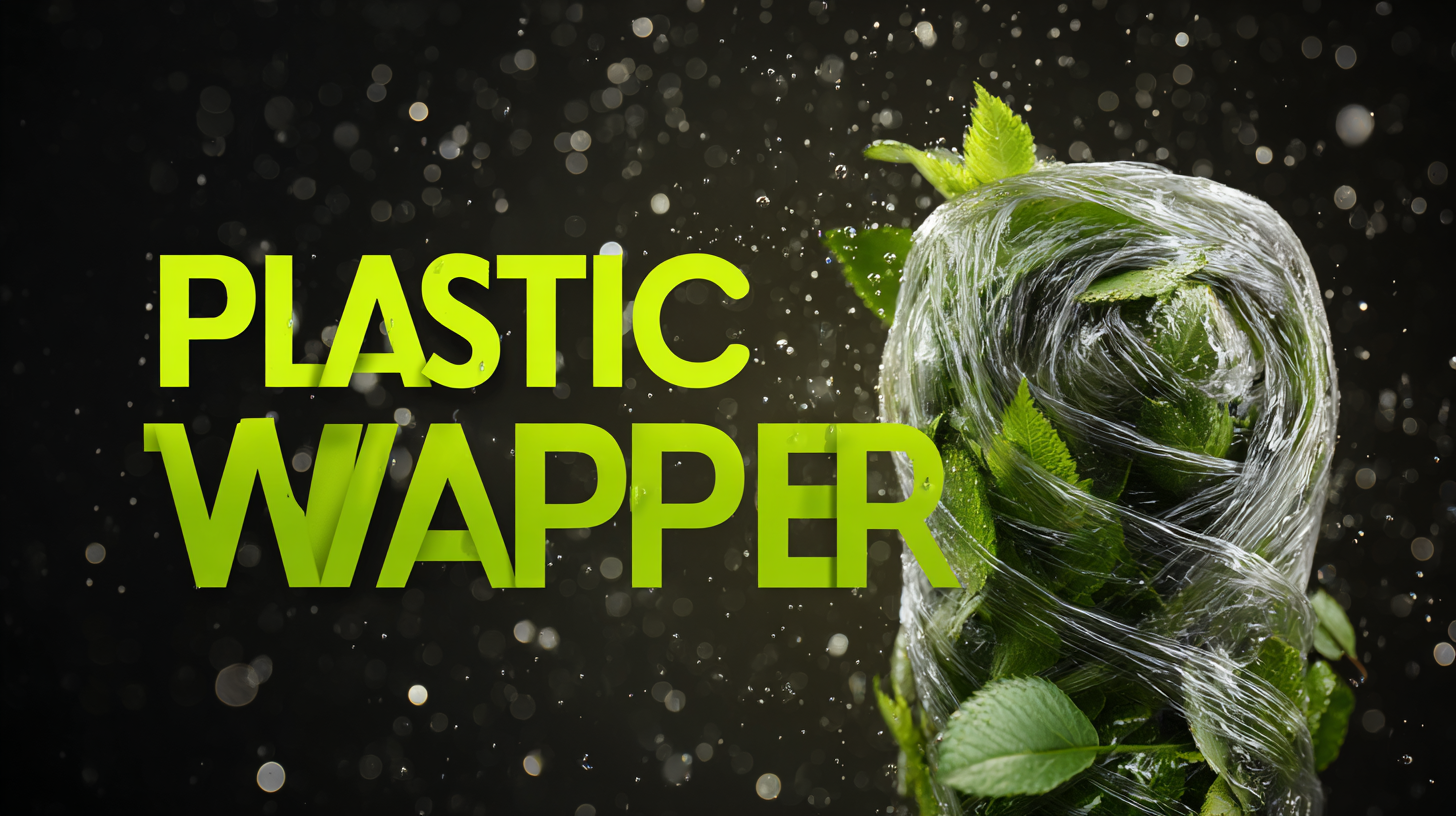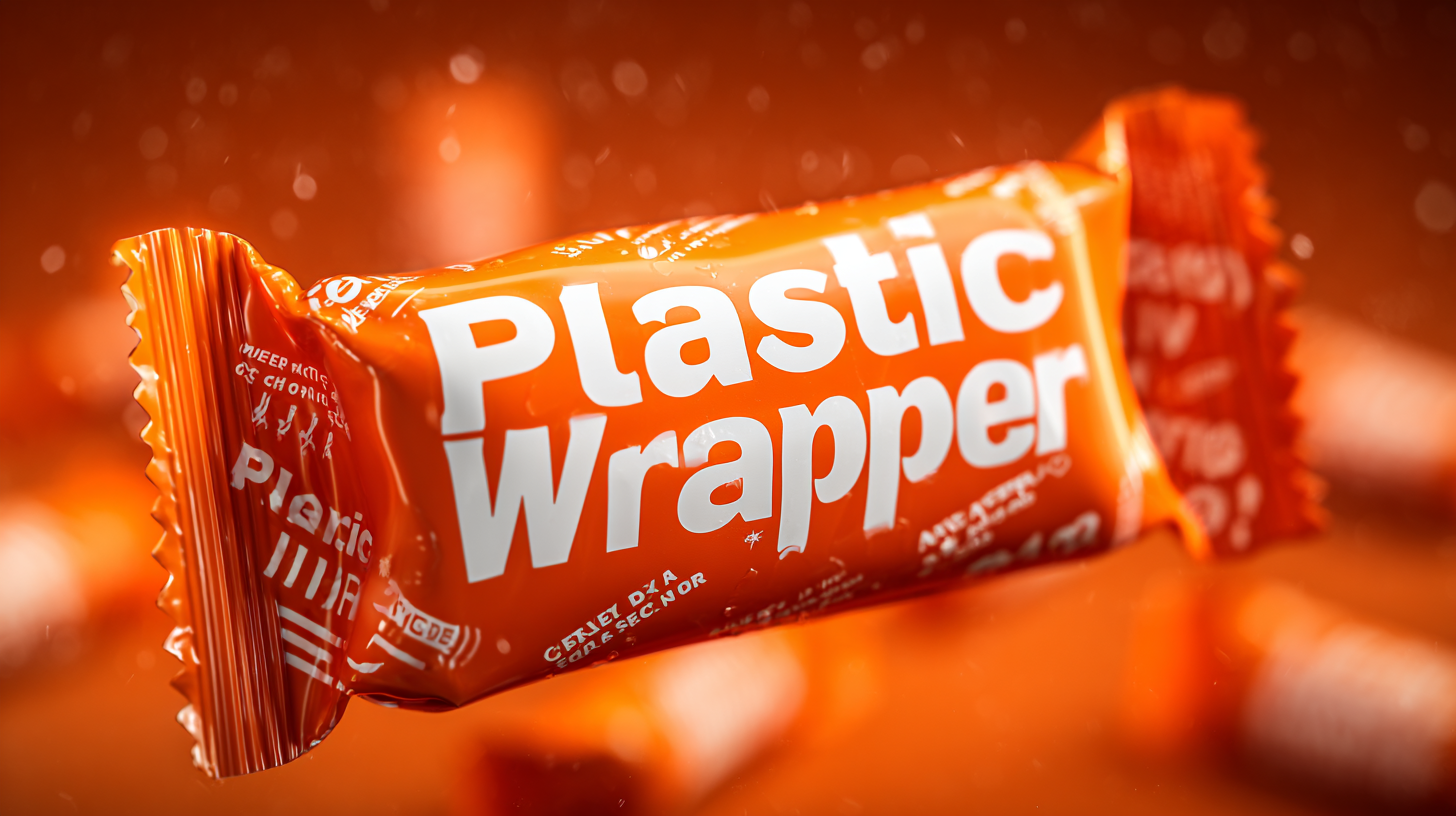- Phone:+86 15218629499
- Phone: +86 15766990063
- E-mail: Yzprinting01@163.com
In the ever-evolving packaging industry, the significance of the "Plastic Wrapper" cannot be overstated. With the global flexible packaging market projected to reach USD 300 billion by 2025, the demand for high-quality plastic wrappers has surged. These wrappers not only play a crucial role in ensuring product safety and prolonging shelf life but also cater to the sustainability goals of consumers and businesses alike. A recent report from Smithers Pira highlights that the use of innovative materials and features in plastic wrappers can significantly enhance user experience while minimizing environmental impact. As global buyers seek the best plastic wrappers, understanding the exceptional features that set leading products apart is essential for making informed decisions. This blog aims to unveil the top contenders in the market, emphasizing their standout attributes to help buyers navigate through the myriad of options available today.

When it comes to plastic wraps, the market offers a diverse array of options tailored for various needs, from food preservation to crafting. Each type of plastic wrap provides distinct features that cater to specific user preferences. For instance, cling film is renowned for its superior stretch and ability to form tight seals around food items, ensuring freshness while preventing freezer burn. On the other hand, heavy-duty plastic wraps are designed for more robust tasks, like wrapping large trays of meat for extended storage, boasting thicker material that withstands harsh conditions.

Beyond the basics, specialty plastic wraps enhance functionality with additives that enhance performance. For example, some wraps are infused with antibacterial properties, perfect for maintaining hygiene in food storage. Others come with UV protection, which is ideal for outdoor use, effectively shielding contents from harmful sunlight. Additionally, biodegradable options are emerging, appealing to eco-conscious consumers seeking sustainable alternatives. These diverse types and their unique features not only serve to simplify various tasks but also reflect an evolving market that caters to the changing needs of global buyers.
When selecting the right plastic wrap for your specific needs, understanding the key properties of these materials is crucial. Different applications require different characteristics, such as thickness, stretchability, and adhesive quality. For instance, thinner wraps are ideal for covering food items to extend shelf life, as they allow for easy moldability around various shapes. On the other hand, thicker wraps often provide enhanced durability, making them suitable for industrial or heavy-duty use.
Another important factor to consider is the level of transparency. A highly transparent wrap not only showcases the product inside but also ensures proper inspection for freshness. Additionally, some plastic wraps come with specialized properties, such as microwave-safe options for reheating food or freezer-safe variants to prevent freezer burn. By understanding these key features, global buyers can make informed choices and select the best plastic wrapper for their unique applications, ensuring optimal performance and satisfaction.

When it comes to choosing the best plastic wrap, two critical factors stand out: thickness and stretchability. These elements play a pivotal role in determining the performance and versatility of the plastic wrap. A thicker plastic wrap often provides enhanced durability, allowing it to withstand the rigors of food storage and transportation. It reduces the risk of tears and punctures, making it an ideal choice for wrapping meat, cheese, and other perishable items that require secure sealing. The right thickness also ensures that the wrap remains intact when exposed to various temperatures, from freezing to microwaving.
On the other hand, stretchability is just as essential in the overall functionality of plastic wrap. A highly stretchable film can mold tightly around various shapes and sizes of food items, creating an airtight seal that preserves freshness and flavor. This flexibility allows for easy handling and wrapping around awkwardly shaped containers or leftovers, minimizing air exposure and preventing spoilage. Together, thickness and stretchability contribute to a plastic wrap’s effectiveness, catering to the diverse needs of global buyers who seek reliability and performance in their food storage solutions.
The global plastic wrap market is poised for significant growth, driven by technological innovations and evolving consumer demands. In 2021, the plastic market was valued at an impressive $400.56 billion, and it is expected to reach $696.2 billion by 2028, with a robust annual growth rate of 7.9%. This growth can be attributed to the rising need for efficient packaging solutions that ensure product freshness and safety across various industries.
Specifically, the dairy packaging market is projected to thrive, offering insights into consumer preferences and market dynamics. By 2033, the market will showcase substantial advancements in packaging materials, including paper, plastic, and aluminum. Additionally, the ampoule and blister packaging sector is experiencing a surge in demand, with diverse applications across pharmaceuticals, cosmetics, and food products. This highlights the importance of continuous innovation in materials and methods to keep pace with industry trends and consumer expectations.
Choosing the right plastic wrap for your packaging needs can significantly impact the efficiency and sustainability of your operations. The global flexible packaging market is projected to reach approximately $300 billion by 2032, reflecting a growing demand for versatile materials that cater to various industries, including food and beverage, pharmaceuticals, and personal care. In particular, the plastic wrapper market is experiencing notable growth due to its ability to provide effective encasement while maintaining product integrity.
When evaluating plastic wraps, consider features such as barrier properties, sealing capabilities, and sustainability. Reports suggest that the global active packaging films market, particularly biobased polymers, is anticipated to expand as consumer preferences shift towards eco-friendly solutions. This growth is complemented by the increasing implementation of regulations against single-use plastics, pushing for more biodegradable alternatives. By focusing on these exceptional features, buyers can make informed decisions that align with not just their packaging needs but also their sustainability goals, elevating their brand in an increasingly eco-conscious market.
